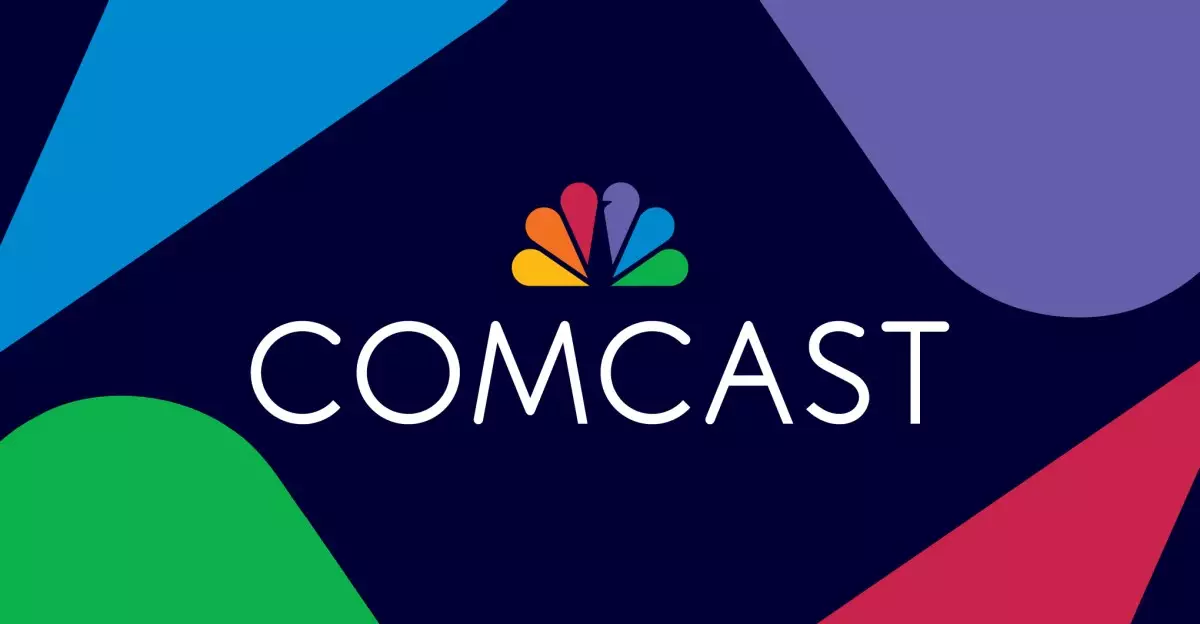In an age where our digital life heavily depends on seamless connectivity, the introduction of L4S (Low Latency, Low Loss, Scalable Throughput) presents a promising advancement in Internet technology. Developed to minimize latency—which refers to the delay before data transfer begins—the L4S protocol aims to enhance experiences across various applications, particularly video gaming and video calling. This transition aligns with the increasing demand for real-time communication and interactive online environments, where every millisecond counts. The technology works by providing packets with indicators that alert them to potential congestion on their route, enabling devices to remedy delays before they escalate, thereby creating a smoother digital experience.
Comcast, a giant in the telecommunications industry, has initiated the rollout of this innovative technology in several major cities across the United States, including Atlanta, Chicago, and San Francisco. This expansion signifies a critical phase in the race to enhance internet connectivity. While previous improvements largely focused on increasing bandwidth—the volume of data transmitted over an internet connection—L4S stands out by targeting latency reduction. This distinct focus not only optimizes responsiveness but also alters the user’s perception of internet speed, making previously sluggish interactions feel instant.
The initial applications benefiting from this technology include FaceTime, Nvidia’s GeForce Now gaming platform, and a variety of games available on Steam. This strategic deployment suggests Comcast’s commitment to enhancing experiences in environments where delays are particularly detrimental, such as competitive gaming or professional video conferences.
The development of L4S was not an isolated effort; instead, it involved collaboration with major industry players. Companies like Apple, Nvidia, and Valve played significant roles in refining this technology during its trial phases. This cooperation indicates a broader industry acknowledgment of the need for faster, more efficient internet standards. Notably, Apple has integrated L4S support within its devices since the release of iOS 17 and macOS Sonoma, ensuring that consumers utilizing these operating systems can benefit from reduced latency right out of the box.
Moreover, the open standard nature of L4S allows for further expansion beyond its initial applications. This flexibility invites developers and content providers to adopt the technology, paving the way for future enhancements that could elevate user experiences across a wider array of platforms.
While the obvious advantages of L4S technology lie in gaming and video streaming, its benefits could extend to several other sectors. For instance, in education, online classrooms could become more interactive with minimized delays impacting discussions and collaborative activities. In addition, industries relying on cloud-based services stand to gain significantly, with improved responsiveness fostering a more productive environment.
As Internet speeds increase and evolve, the impact of latency reduction will only become more apparent. With applications becoming increasingly nuanced and real-time interaction growing commonplace, introducing technology that tackles latency will be crucial for various user experiences.
The advent of L4S technology may well mark a turning point in the landscape of digital communication and online interaction. Although this shift may not defy the physical limits of data transmission—since it inherently cannot exceed the speed of light—it addresses the critical middle-ground delays that can hinder online experiences. As Comcast initiates this rollout, observers will be keen to measure its effectiveness and real-world impact.
Embracing L4S is more than just an upgrade; it is a recognition of the ever-evolving needs of modern internet users. This advancement promises a future where online interactions are smoother, more efficient, and, ultimately, more satisfying. As technology continues to advance, consumers can remain hopeful that innovations like L4S will become universally adopted, creating a more connected world.

